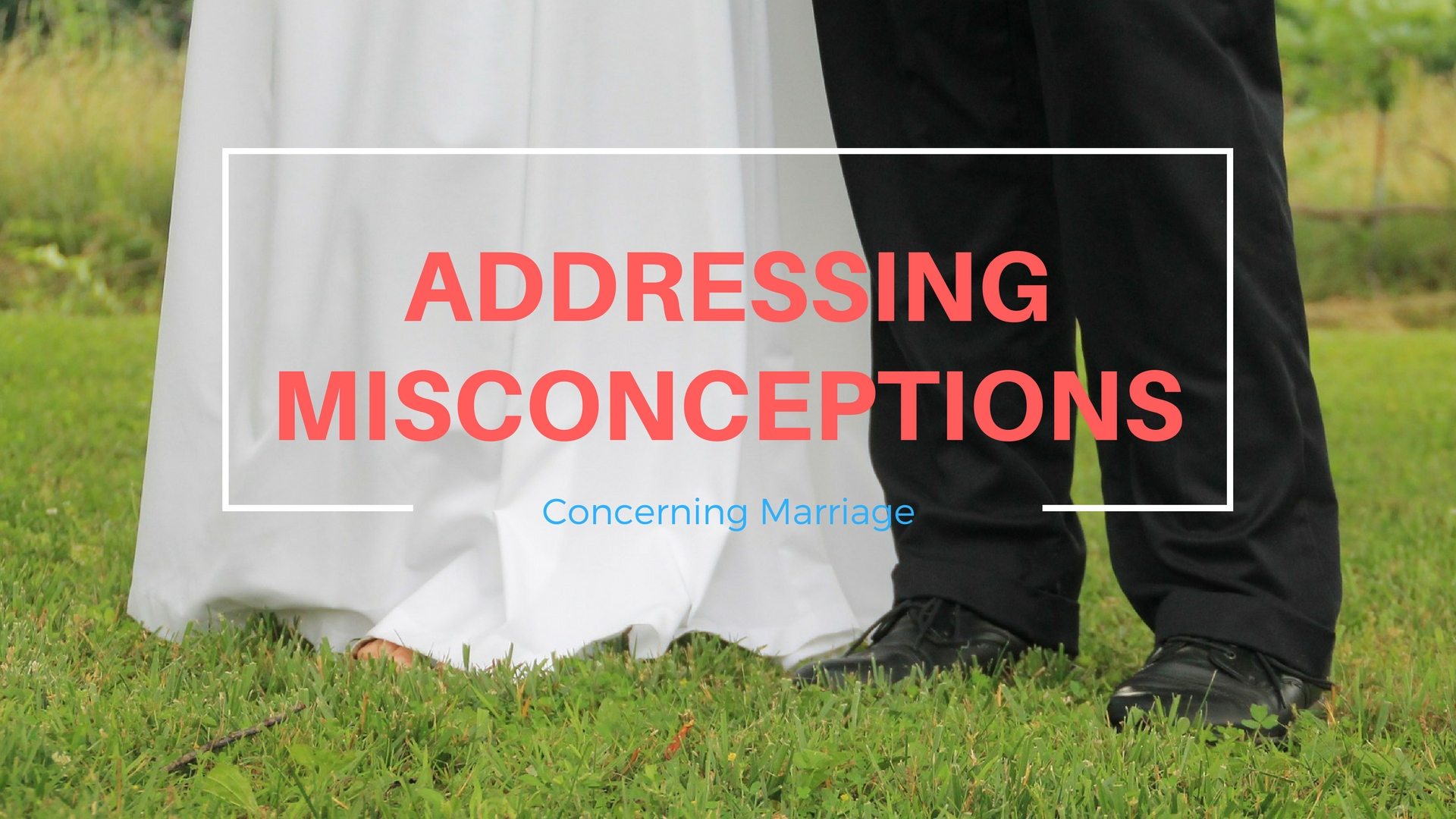Addressing The Misconceptions: AI's Learning And The Need For Responsible Practices

Table of Contents
Myth 1: AI Learns Like Humans – Understanding AI Learning Mechanisms
A common misconception is that AI learns in the same way humans do. This is far from the truth. Human learning involves complex cognitive processes, emotions, and experiences, while AI learning relies on algorithms and data. Machine learning algorithms, the core of AI learning, are fundamentally different from human learning mechanisms. They lack consciousness, intuition, and the ability to generalize knowledge in the same way humans can.
Different AI learning methods exist, each with its own strengths and limitations:
-
Supervised learning: This method uses labeled datasets, where each data point is tagged with the correct answer. The algorithm learns to map inputs to outputs based on these labeled examples. For instance, a system learning to identify cats in images would be trained on a dataset of images labeled "cat" and "not cat."
-
Unsupervised learning: This approach involves analyzing unlabeled data to identify patterns and structures. The algorithm is not given explicit instructions but instead learns to organize the data based on similarities and differences. Clustering algorithms, used for customer segmentation, are a prime example.
-
Reinforcement learning: This method focuses on training an AI agent to interact with an environment and learn through trial and error. The agent receives rewards for desirable actions and penalties for undesirable ones. This is commonly used in robotics and game playing.
Current AI learning capabilities are limited. While AI can achieve impressive feats in specific tasks, its ability to generalize knowledge and adapt to new situations remains a challenge. Deep learning, a subfield of machine learning using artificial neural networks, allows for impressive achievements in image recognition, natural language processing, and other areas, but these systems often lack the adaptability and robustness of human intelligence. Understanding these limitations is vital for responsible AI development. The complexities of deep learning models and other advanced machine learning algorithms often make it difficult to interpret their decision-making processes.
Myth 2: AI is Objective and Unbiased – Addressing Bias in AI Systems
Another prevalent misconception is that AI is inherently objective and unbiased. This is false. AI systems are trained on data, and if that data reflects existing societal biases, the AI system will inevitably perpetuate and even amplify those biases. This leads to unfair or discriminatory outcomes.
Different types of bias can creep into AI systems:
-
Gender bias: Facial recognition software has been shown to be less accurate at identifying women and people of color than white men, due to biases in the training data.
-
Racial bias: AI-powered loan applications have been shown to discriminate against certain racial groups because the underlying data reflected historical lending practices that were themselves biased.
-
Societal bias: AI systems trained on data reflecting existing societal inequalities can reinforce and even worsen those inequalities.
To mitigate AI bias, it’s crucial to focus on data diversity and fairness in AI development. This involves carefully curating training datasets to ensure they are representative of the population the system will serve and employing techniques to detect and correct biases in the algorithms themselves. Algorithmic fairness is a rapidly evolving field focusing on the development of methods to ensure equitable outcomes from AI systems.
Myth 3: AI Development is Self-Regulating – The Need for Responsible AI Practices
The idea that AI development will self-regulate is dangerously naive. Unchecked AI development poses significant ethical implications. Without proper oversight, AI systems could be used for malicious purposes, leading to significant societal harm.
Transparency and explainability are vital for responsible AI.
-
Understanding AI's conclusions: It's crucial to understand how an AI system arrives at its decisions, especially in high-stakes applications like healthcare and criminal justice. Explainable AI (XAI) is a field focused on making AI decision-making more transparent.
-
Accountability for AI's actions: Someone must be held accountable when AI systems make mistakes or cause harm. Establishing clear lines of responsibility is essential for building trust and ensuring the ethical use of AI.
Ethical guidelines and regulations are critical in shaping responsible AI practices. Organizations worldwide are developing AI ethics guidelines, and governments are exploring regulations to ensure the safe and ethical use of AI. The development of effective AI regulation is a complex process balancing innovation with the need to protect society from potential harms.
Myth 4: AI Development is Only for Tech Experts – Fostering Collaboration and Inclusivity
AI development should not be limited to tech experts. A diverse range of perspectives is essential to ensure that AI systems are developed and deployed responsibly. Involving ethicists, social scientists, policymakers, and representatives from affected communities in the design and implementation phases is vital.
Collaboration is key to fostering responsible AI. Open-source initiatives and community engagement promote transparency, allow for wider scrutiny, and facilitate collective problem-solving. Inclusive AI design ensures that the technology benefits everyone, not just a privileged few, and helps prevent the perpetuation of existing inequalities. Accessibility is another crucial aspect, ensuring AI benefits all members of society, including those with disabilities.
Conclusion
Addressing misconceptions surrounding AI learning is paramount for fostering responsible AI development. Understanding the limitations of current AI systems, acknowledging the potential for bias, and emphasizing the crucial role of ethical considerations are vital steps. We must move beyond simplistic notions of AI learning and actively embrace responsible practices to ensure that AI benefits all of humanity. By promoting transparency, accountability, and inclusivity, we can harness the true potential of AI while mitigating its risks. Let’s work together to build a future where AI learning is guided by ethical principles and responsible practices. Learn more about fostering responsible AI learning and development today!

Featured Posts
-
 New Covid 19 Variant Driving Up Infections Worldwide Who Update
May 31, 2025
New Covid 19 Variant Driving Up Infections Worldwide Who Update
May 31, 2025 -
 Alcarazs Smooth Sailing Into The Monte Carlo Final
May 31, 2025
Alcarazs Smooth Sailing Into The Monte Carlo Final
May 31, 2025 -
 Jannik Sinner Va Carlos Alcaraz Cuoc Dung Do Nay Lua Tai Rome Masters
May 31, 2025
Jannik Sinner Va Carlos Alcaraz Cuoc Dung Do Nay Lua Tai Rome Masters
May 31, 2025 -
 Massive Wildfires Force Largest Evacuation In Canadian History Impacting Us Air Quality
May 31, 2025
Massive Wildfires Force Largest Evacuation In Canadian History Impacting Us Air Quality
May 31, 2025 -
 Vets Reveal Crushing Financial Pressure Bbc Investigation
May 31, 2025
Vets Reveal Crushing Financial Pressure Bbc Investigation
May 31, 2025
